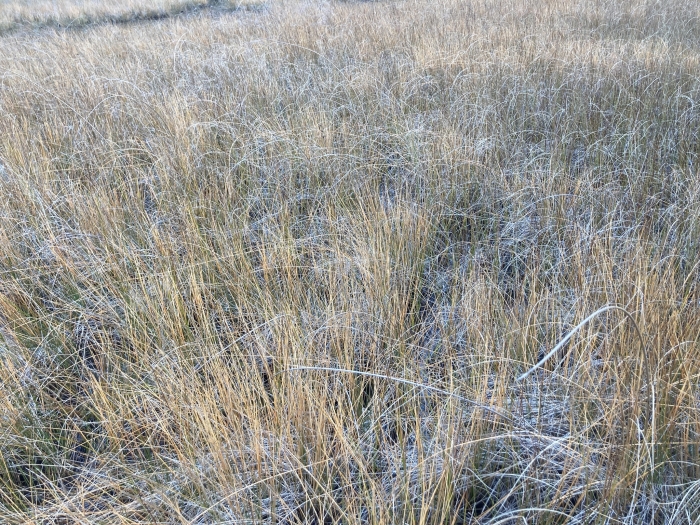Beaked Spikerush
(Eleocharis rostellata)
Beaked Spikerush (Eleocharis rostellata)
/
/

Derek
CC BY 4.0
Image By:
Derek
Recorded By:
Copyright:
CC BY 4.0
Copyright Notice:
Photo by: Derek | License Type: CC BY 4.0 | License URL: http://creativecommons.org/licenses/by/4.0/ | Rights Holder: Derek | Publisher: iNaturalist | Date Created: 2022-10-16T21:05:05Z |

























Estimated Native Range
Summary
Eleocharis rostellata, commonly known as Beaked Spikerush, is a rhizomatous perennial herb that is part of the Cyperaceae family. It is native to a wide range of wetland habitats across North America, including Mexico, Guatemala, the West Indies, and has isolated populations in Argentina. Beaked Spikerush is particularly adapted to saline and alkaline environments such as hot springs, fens, salt marshes, and the margins of ponds and lakes. It can grow up to 4 feet tall and is characterized by its spongy, compressible stems, which are green to yellowish-green and can bend and root upon touching moist soil. This plant has inconspicuous brownish spikelets and reproduces both by seed and vegetatively, which contributes to its resilience and spread in diverse wetland conditions.
Beaked Spikerush is valued for its ability to stabilize soil and filter pollutants, making it beneficial for ecological restoration projects and natural water treatment systems. It is often used in wetland restoration, as a ground cover in water gardens, and for erosion control along waterways. It thrives in full sun to part shade and requires consistently moist to wet soil conditions. While it is not known for showy flowers, its texture and form can add interest to aquatic and bog garden settings. Care should be taken when planting Beaked Spikerush, as it can spread aggressively in ideal conditions, potentially outcompeting other species.CC BY-SA 4.0
Beaked Spikerush is valued for its ability to stabilize soil and filter pollutants, making it beneficial for ecological restoration projects and natural water treatment systems. It is often used in wetland restoration, as a ground cover in water gardens, and for erosion control along waterways. It thrives in full sun to part shade and requires consistently moist to wet soil conditions. While it is not known for showy flowers, its texture and form can add interest to aquatic and bog garden settings. Care should be taken when planting Beaked Spikerush, as it can spread aggressively in ideal conditions, potentially outcompeting other species.CC BY-SA 4.0
Plant Description
- Plant Type: Grass
- Height: 1-3 feet
- Width: 0.5-1 feet
- Growth Rate: Moderate
- Flower Color: N/A
- Flowering Season: Spring, Summer, Fall
- Leaf Retention: Deciduous
Growth Requirements
- Sun: Full Sun, Part Shade
- Water: High
- Drainage: Slow
Common Uses
Erosion Control, Low Maintenance, Water Garden
Natural Habitat
Native to wetland habitats including hot springs, fens, salt marshes, and the margins of ponds and lakes
Other Names
Common Names: Walking Sedge, Tuberous Spikerush, Beaked Spikesedge
Scientific Names: , Eleocharis rostellata, Eleocharis rostellata f. occidentalis, Eleocharis rostellata var. congdonii, Eleocharis rostellata var. occidentalis, Scirpus rostellatus, Trichophyllum rostellatum, Trichophyllum rostellatum,
GBIF Accepted Name: